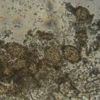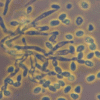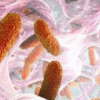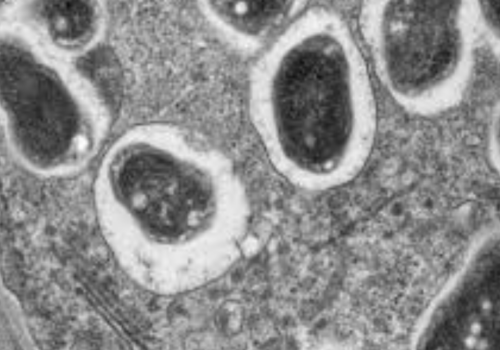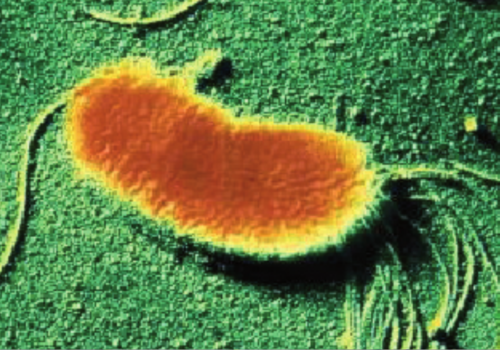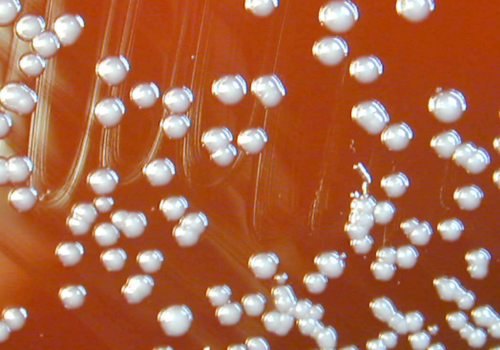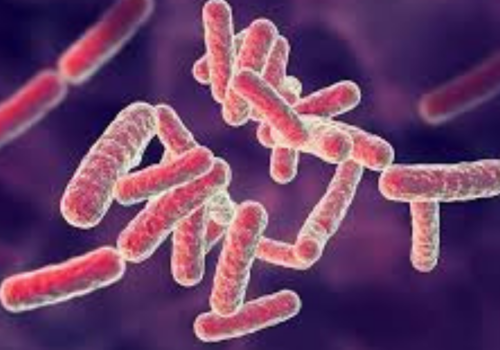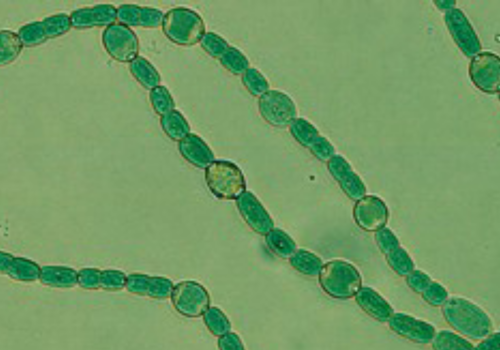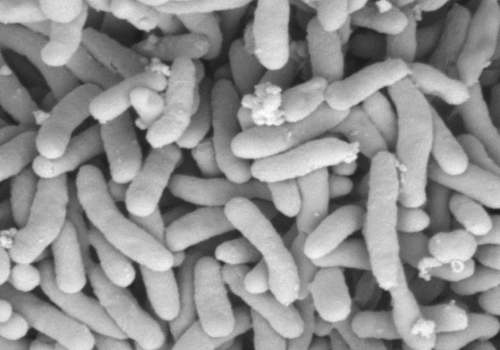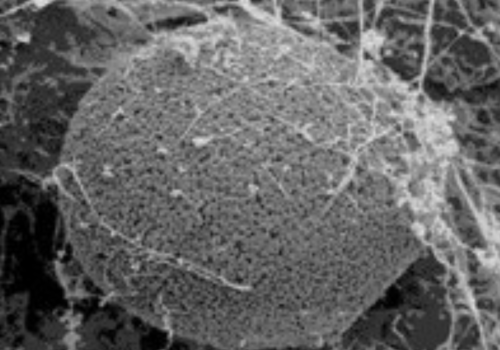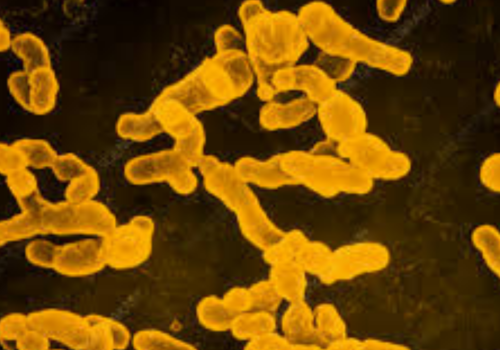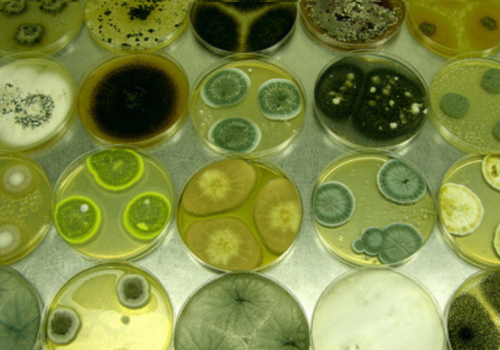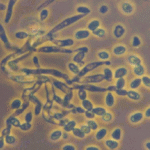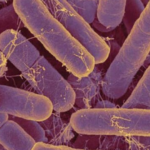Bacillus subtilis is a robust, Gram-positive bacterium widely recognized for its adaptability and efficiency in various environments.
Bacillus subtilis is a robust, Gram-positive bacterium widely recognized for its adaptability and efficiency in various environments.
Overview of the Microbe Burkholderia vietnamiensis is a Gram‑negative, rod‑shaped bacterium first described by Gillis and colleagues in 1995 as part of the Burkholderia cepacia complex[1]. Unlike...
Overview of the Microbe Pseudomonas putida KT2440 is a non‑spore‑forming, motile, Gram‑negative bacterium isolated from soil and rhizosphere environments[1]. It harbors a ~6.18 Mbp circular chromosome...
Overview of the Microbe Anabaena azollae (also called Nostoc azollae) is a filamentous, heterocystous cyanobacterium that lives only inside the aquatic fern Azolla[2][7]. It forms...
Overview of the Microbe Pseudomonas stutzeri is a motile, rod‑shaped, non‑spore‑forming Gram‑negative bacterium first described by Lehmann and Neumann in 1896. It inhabits soil, freshwater,...
Overview of the Microbe Coniothyrium minitans, also known by the synonym Paraphaeosphaeria minitans, is an ascomycete fungus in the family Didymosphaeriaceae [1]. This obligate mycoparasite...
Overview of the Microbe Rhizobium leguminosarum is a Gram‑negative, non‑spore‑forming soil bacterium in the family Rhizobiaceae that nodulates a broad range of legumes, including peas,...
Overview of the Microbe Taxonomy and Morphology Bacillus mucilaginosus (synonymously known as Paenibacillus mucilaginosus in some classifications) is a rod‐shaped, facultatively anaerobic bacterium belonging to the...
Overview of the Microbe Penicillium bilaiae (often spelled P. bilaii) is a filamentous soil fungus in the genus Penicillium, an ascomycete group known for its...

